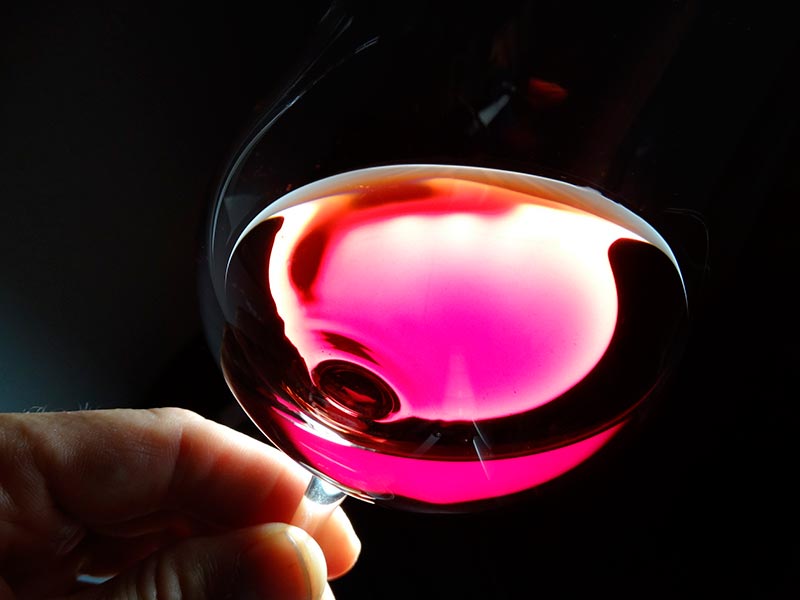The iconic wine American critic Robert Parker created widely known ratings on a point scale for the best wines becoming so influential that Parker Points were acknowledged to be significant.
System ranks from 50 points initially and can reach 100 points, being this the highest category. The point increase is due to aroma, color, palate and wine potential.
- Robert Parker’s tasting team gives every wine 50 starting points.
- After this stage, color and appearance have a 5 point value, aroma and bouquet have 15, palate and finish have 20 points.
- Finally overall quality level and potential or improvement are awarded with 10 points.
After completion of the whole procedure, wines that reach the maximum from 96 to 100 points are ranked as Exceptional on the Robert Parker’s Wine List.
If wines get a 90-95 final grade, they will get an Excellent. Among 80-89 they will get the grade of Good to Very Good and 70-79 will be Good. If a wine gets a score of 60-69 points it is considered to be an Unsatisfactory drink and if it gets among 50-59 points it is an unacceptable wine.
As an anecdote, many traditional wines have changed their style and have been produced according Parker preferences, being consequently known as “Parkerized wines”. The excuse of wine producers, mainly from the American market, is to get the highest score on the list so they adjust to the critic preferences. Among the Spanish producers a good score on Parker’s list is a warranty of a great introduction letter when exporting their wine overseas.

